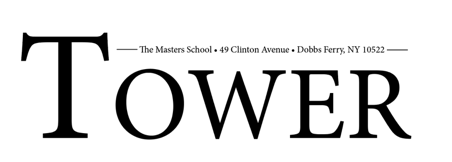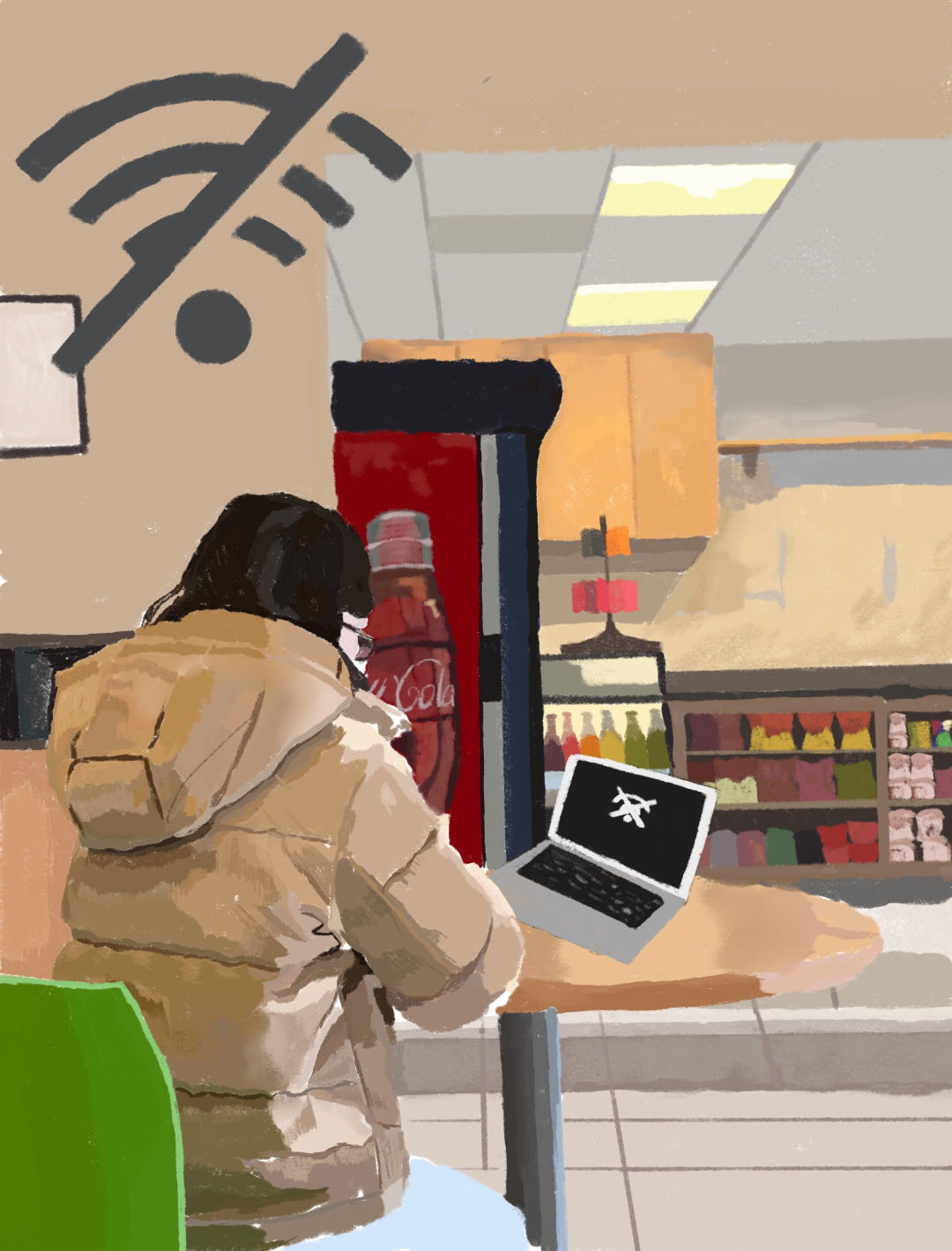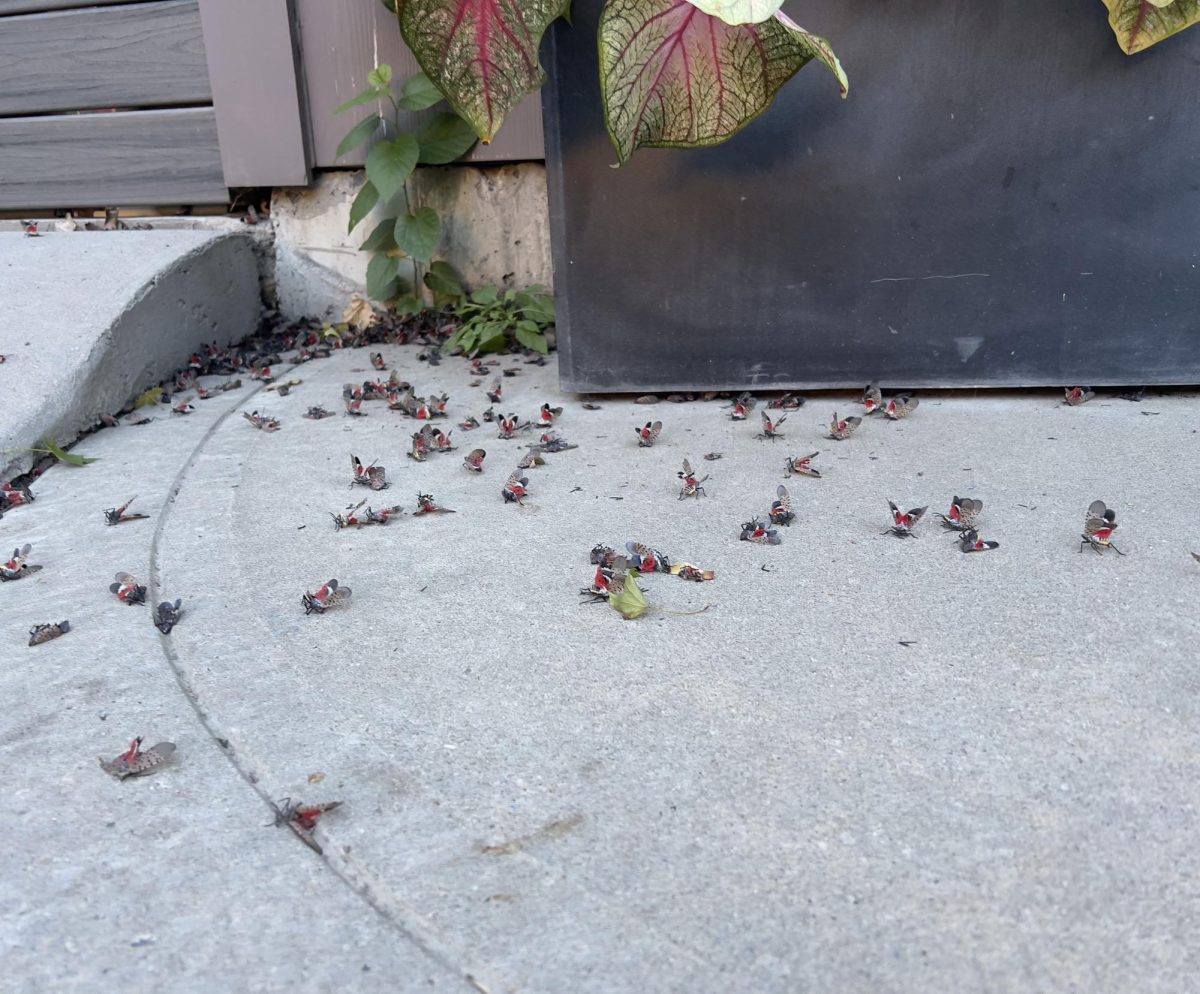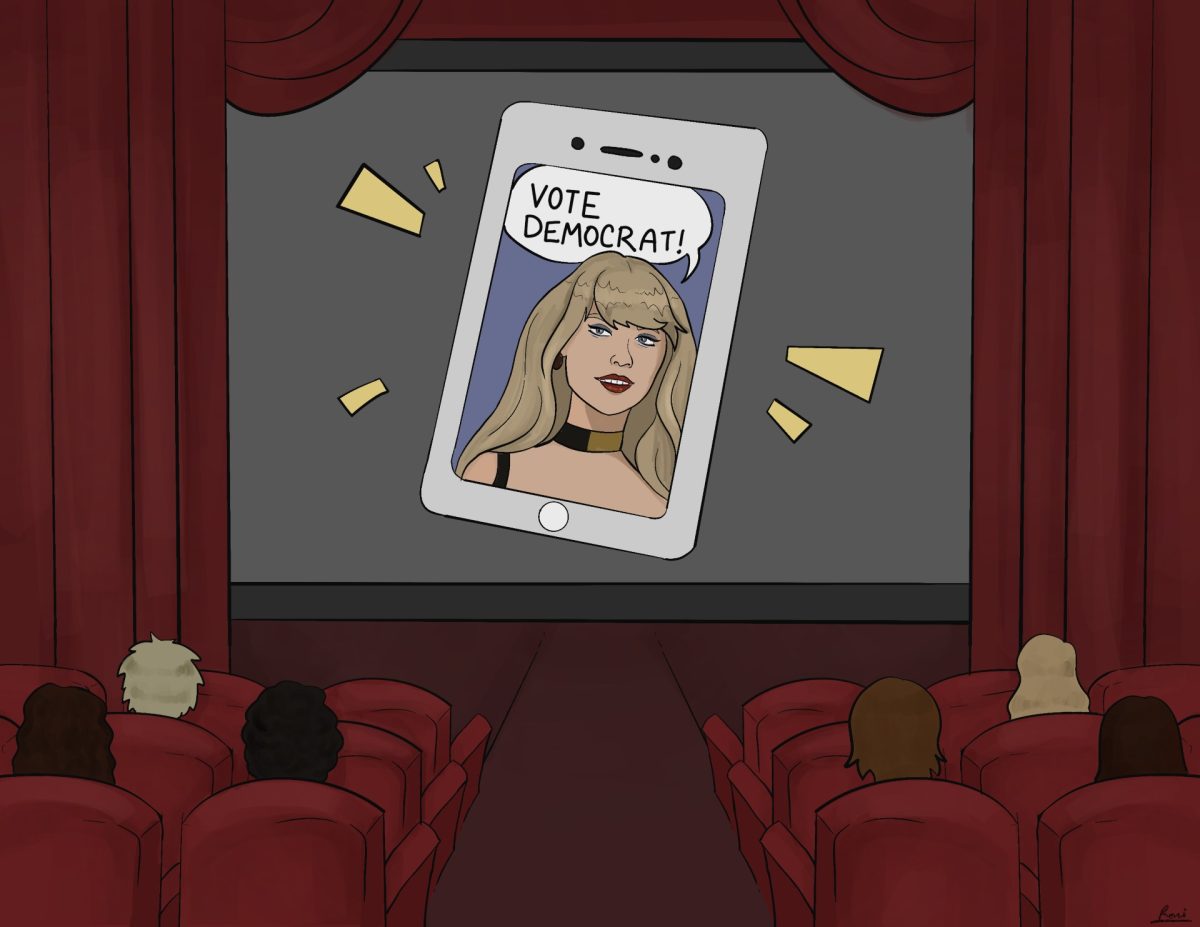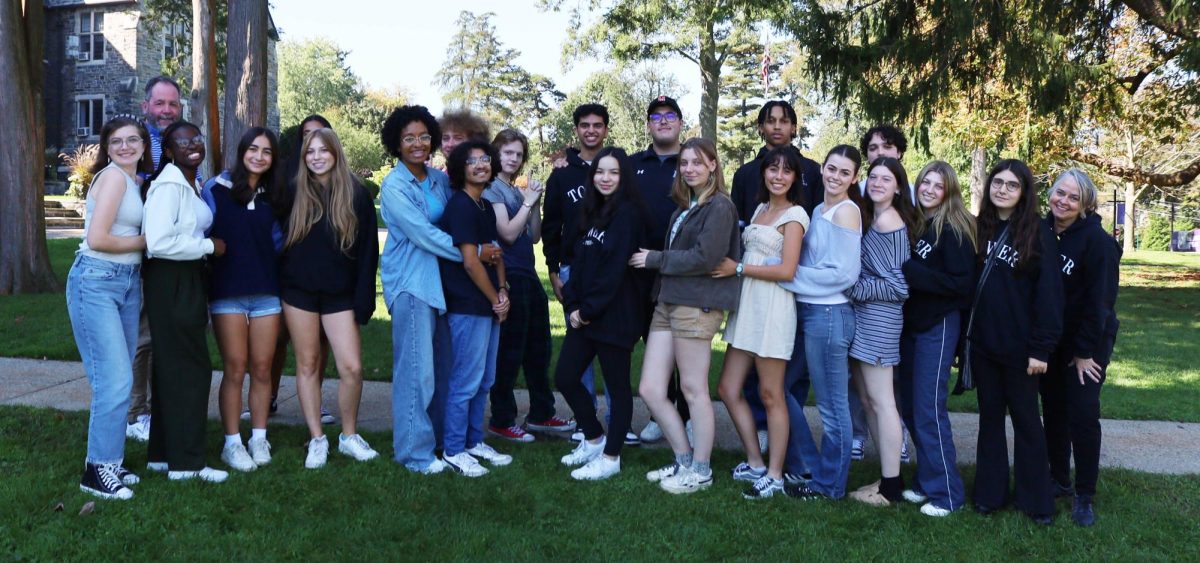Nearly all of Masters relies on the campus Wi-Fi, whether it’s a teacher projecting a slideshow, a student researching for a project, or boarders streaming shows to unwind after class. Like other post-COVID schools nationwide, Masters has become increasingly reliant on wireless connection.
Pascal Maharjan, a math and physics teacher, conceded that the internet plays a significant role in his classes. “I am projecting pretty much every class,” he said. “Lately we had a student on Zoom; for something like that, of course, it’s imperative. Otherwise, she’s not able to attend.” Maharjan also noted that his math classes rely on digital textbooks, which he also projects onto the board.
However, classes weren’t always this dependent on Wi-Fi. Maharjan said that if the Wi-Fi cut out in class, he would still be okay due to his experiences from early in his teaching career when technology wasn’t used as much, although he said he would definitely have to deviate from the lesson plan.
Students, such as junior Rae BenShaharPyke, have also struggled at times with the connection. As a student working on Morning Meeting tech, BenShaharPyke said that because too many phones in the room are connected to the Wi-Fi, sometimes the Zoom streaming to the freshmen will freeze.
According to a study by the Institute of Education Sciences, nearly 70% of classrooms now use digital learning tools regularly. High-speed internet is now more important than ever due to the widespread adoption of technology in the classroom. School Wi-Fi networks often suffer from outdated equipment, insufficient bandwidth, too many concurrent users, and poor planning and configuration. In a Federal Communications Commission (FCC) test, it was discovered that over half of U.S. schools still use outdated Wi-Fi equipment.
This increase in the use of technology in the classroom is evidenced by the ubiquitous inclusion of such tech found at Masters. With 225 wireless access points on campus, providing wireless service for 800-900 devices, the Masters’ Wi-Fi has to support a very large community, explained Patel, the director of technology. Of the 772 wireless clients recorded, 602 of them have good Wi-Fi, while only 29 have poor Wi-Fi connection.
However, for boarders, inconsistencies can be more common. A five-day boarder, BenShaharPyke said, “[The internet is] very spotty [in the dorms]. Every few months there will be like two days at a time where we just won’t get Wi-Fi… the Wi-Fi is usually pretty ok but sometimes it’ll just log you out for no reason or it’ll just stop working.” She noted that this usually happens around the study hall period from 8-10 p.m.
“I cannot access my LMS,” she said, recalling some instances of spotty Wi-Fi.
“Because we have to have restricted Wi-Fi and not just open Wi-Fi, sometimes we will have the dorm parent go on our LMS and see what we have to do, but it can be very inconvenient.”
Bhavin Patel, explained these issues, “As a whole, Masters has fantastic Wi-Fi coverage. The dorms are a bit iffy, however, because the only access point in the dorms is located in the common room rather than the individual rooms of students.”
Nonetheless, the majority of spaces on campus provide sufficient Wi-Fi for students. “The areas on campus where Wi-Fi is stronger are typically academic spaces, where the Wi-Fi would have good to excellent coverage,” Patel said. He continued, “The buildings that are newer also have better connectivity. Like the IEC, Dining Hall, and Morris Hall. Masters Hall, given that it is 200 years old, has weaker coverage. It’s impossible to run cable because it’s just such an old building.”
But one shouldn’t mistake the woods for the trees; concerning the ability of the Wi-Fi at Masters. Maharjan said, “It is awesome to have Wi-Fi that works seamlessly so much of the time on a campus as big and widespread as ours. Of course, when one has a tough time getting a signal, it sticks out in our minds, however infrequent or common an occurrence that may be. It’s easy to, and simultaneously important not to, take it for granted.”
Masters is constantly adapting to the increased pressure on the Wi-Fi. According to Patel, “Masters has also started to roll out WiFi signals to outdoor spaces such as the North and South quads outside of the dining hall, outside of Morris Hall and around the IEC.”


